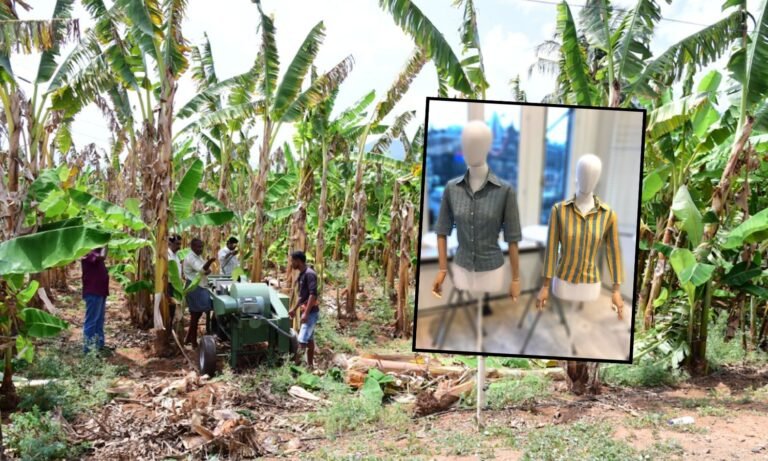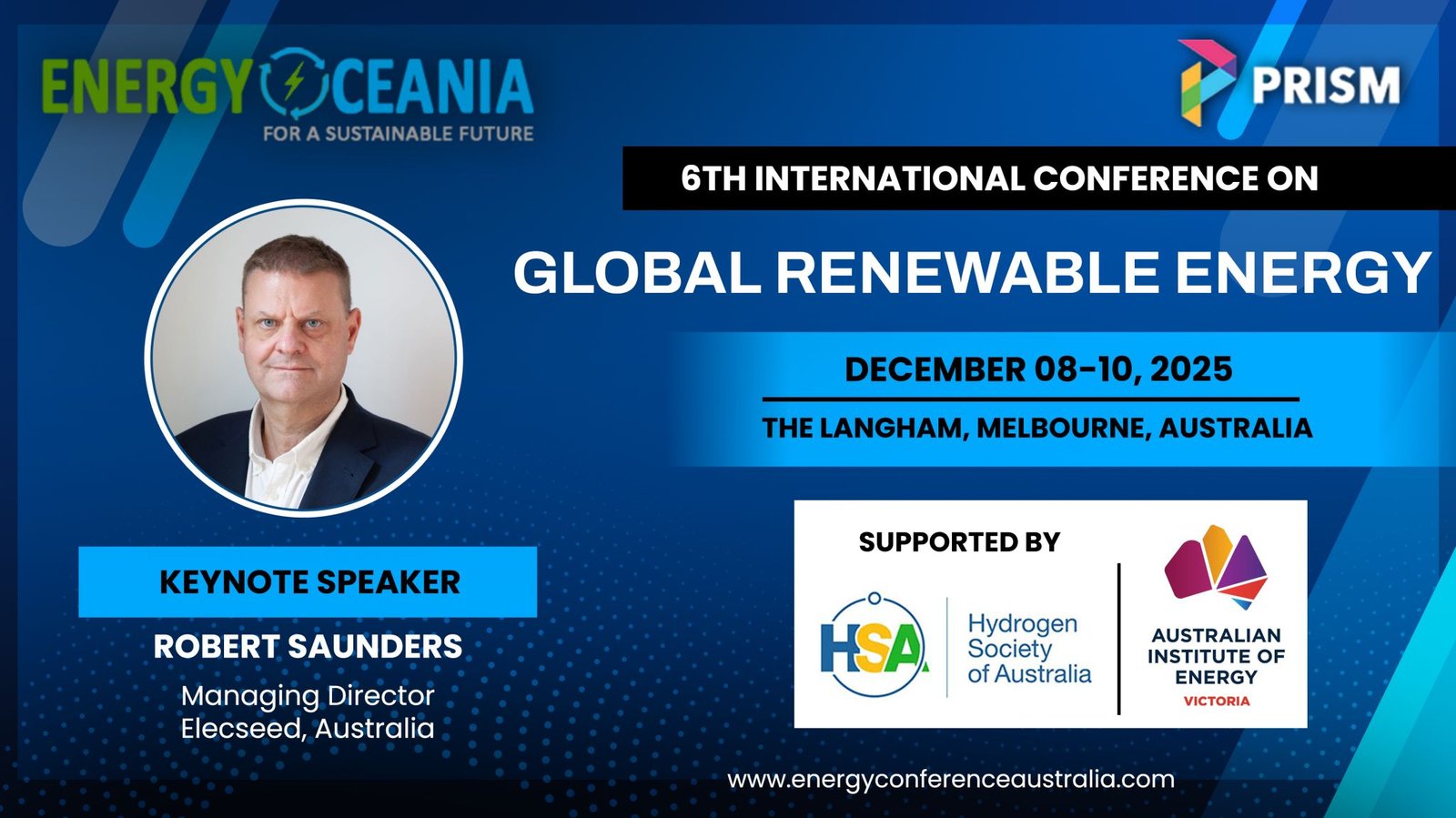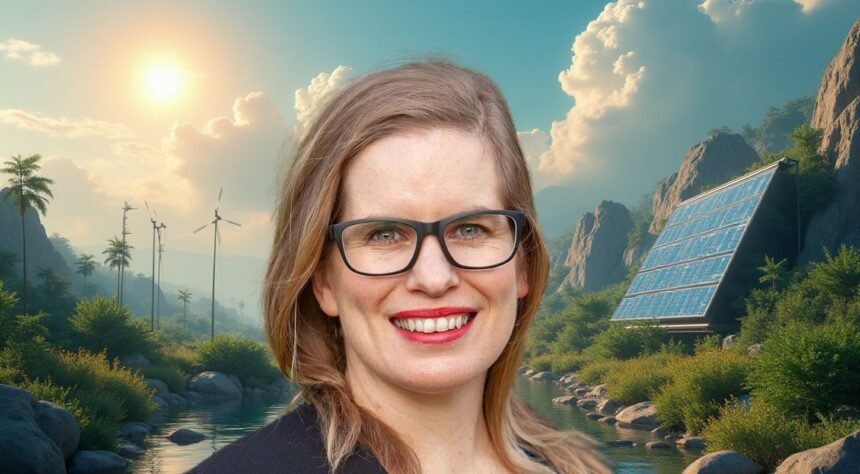SOM + Energy Vault is designing a one-kilometer tall skyscraper that could double up as a giant battery – offering a ‘carbon payback’ to the tenants and the broader community.
Skidmore, Owings & Merrill (SOM), is synonymous with Tall Buildings globally. Think of the Dubai’s Burj Khalifa, which is currently the tallest ‘supertall’ tower in the world at 829 mtrs ( 2,720 feet), having held this title for 14 years. The Saudi Arabia’s Jeddah Tower designed by Adrian Smith + Gordon Gill Architecture and has been under construction since 2013, will command a height of 1000 mtrs (3,281 feet) and recorded as the tallest tower when completed.
This week SOM and Energy Vault announced their partnership to design a 1 kilometer Tall Building which could double up as giant batteries to supply green energy to surrounding communities. Energy Vault CEO Robert Allen Piconi said that if all goes well, construction on the new skyscrapers could begin as soon as 2026.
As part of this strategic partnership:
- SOM will be the exclusive architect and structural engineer for the next generation of fixed frames and deployable structures for all new Energy Vault gravity energy storage systems (GESS) – including
- incorporating gravity energy storage technology into tall buildings in urban environments – and
- deployable structures in natural environments, to maximize sustainability, accelerate carbon payback and lower the levelized cost of energy consumption.
- Energy Vault began working with SOM during the last 12 months to optimize the structure, architecture and economics of its GESS technology, which is playing a critical role globally in the deployment of renewable energy.
By using excess energy to raise weight to the top of the supertall skyscraper, to then be released descending to the bottom – could harness the force of gravity to power a generator. These structures will have the capacity to reach multi-GWh of gravity-based energy storage to power not only the building itself but also adjacent buildings’ energy needs.
EVu is a superstructure tower design, which improves unit economics and enables GESS [gravity energy storage systems] integration into tall buildings through the use of a hollowed structure with heights over 300 meters, and up to 1,000 meters tall.
This innovative design which integrates leading GESS technology within superstructure building design and engineering will, for the first time in building construction and operation history, enable a carbon payback within accelerated timeframes of 3-4 years.
SOM’s widely-acclaimed architectural, technological, and structural innovations have paved the way for tall buildings around the world for nearly a century.
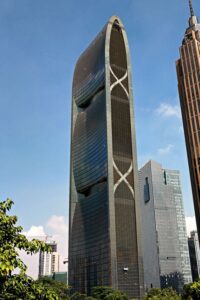
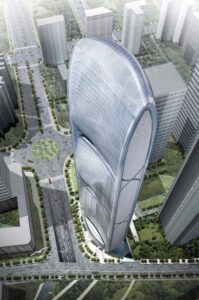
Image: Pearl City Tower Guangzhou, China
Completed in 2013, Pearl City Tower Guangzhou, China- Zero Carbon Tower – Case study+
SOM’s team set out to create one of the world’s most energy-efficient skyscrapers. This aerodynamic 71-story tower set a benchmark for the ecological design of supertall towers. Equipped with wind turbines, the building had the potential to produce as much energy as it consumes. The onsite genernation plant, designed for the Pearl River Tower, would generate power with an efficiency exceeding 80%.
4INTER-DEPENDENT STEPS TO ACHIEVE NET ZERO ENERGY
- REDUCTION
- ABSORPTION
- RECLAMATION
- GENERATION
FNGN highly recommends reading this global first Zero Carbon Tower Case study+ to begin to understand the complexity of such a project – and as a precursor to what SOM and ENERGY VAULT are aiming to achieve.








